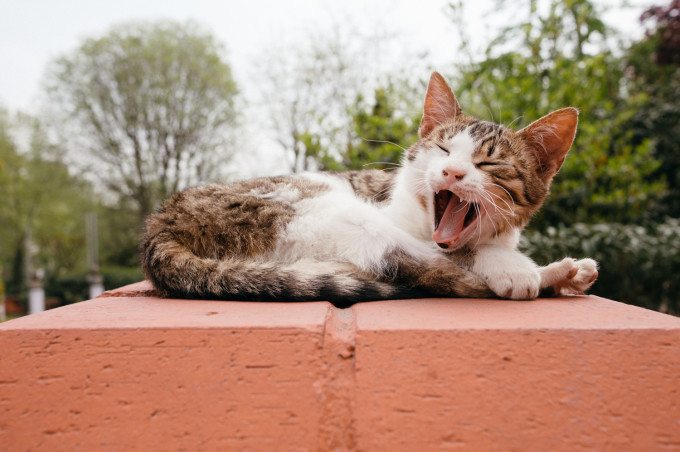Last Updated on 10/19/2023 by StateofDigitalPublishing
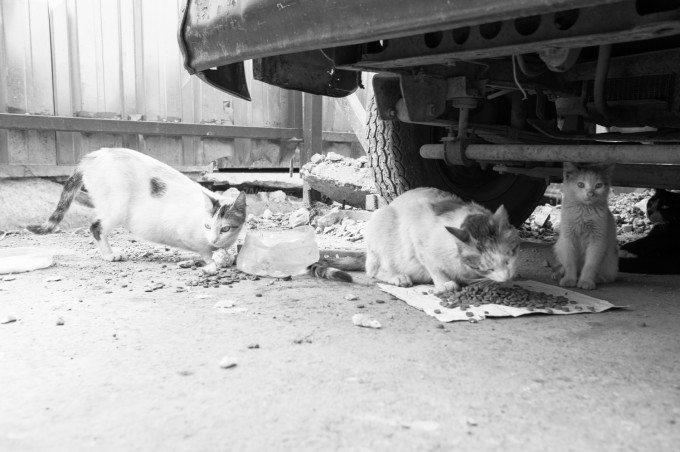
Cats are the alpha and the omega. They are the driving force behind the internet. They can make for very cute, if awfully temperamental friends, if they can be considered friends at all. Whether it’s your own cat, a friend’s, or one on the street, here are ten tips to keep in mind for the next time you make a photograph.
Have a can of wet cat food handy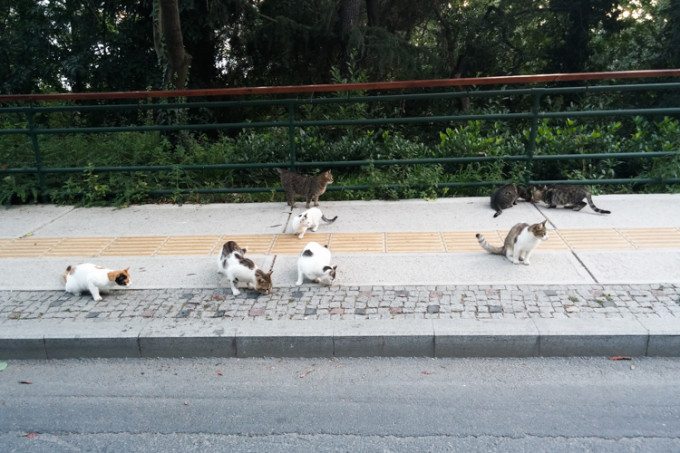
Let the cat be in control
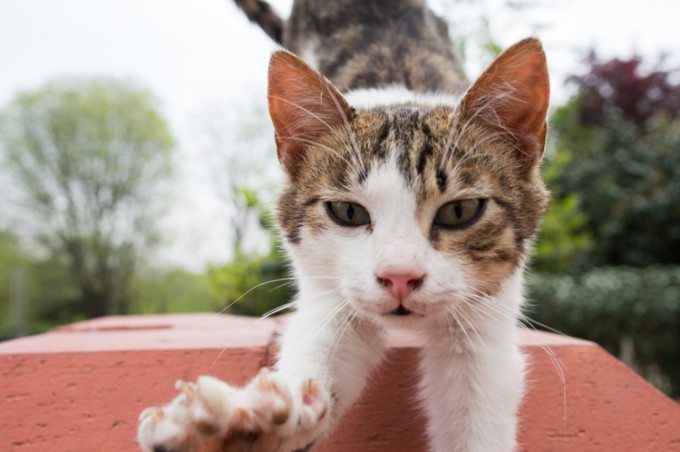
The best way to get close is to get down
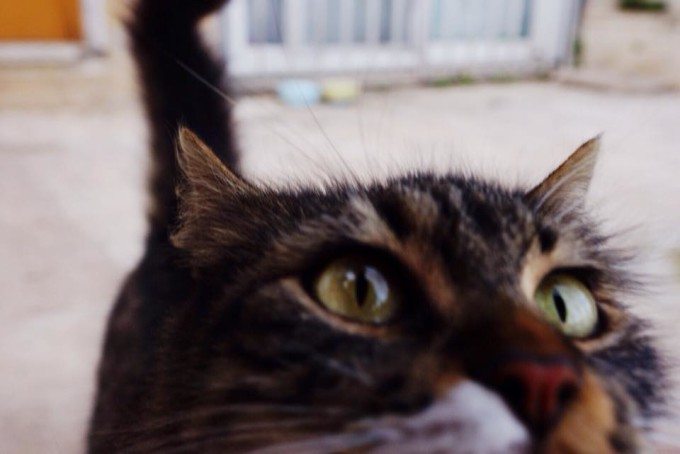
Offer a piece of your soul
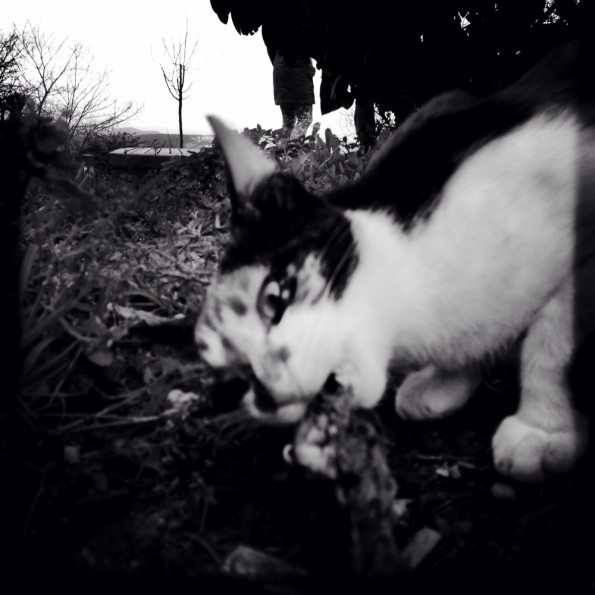
Stay perfectly still with kittens
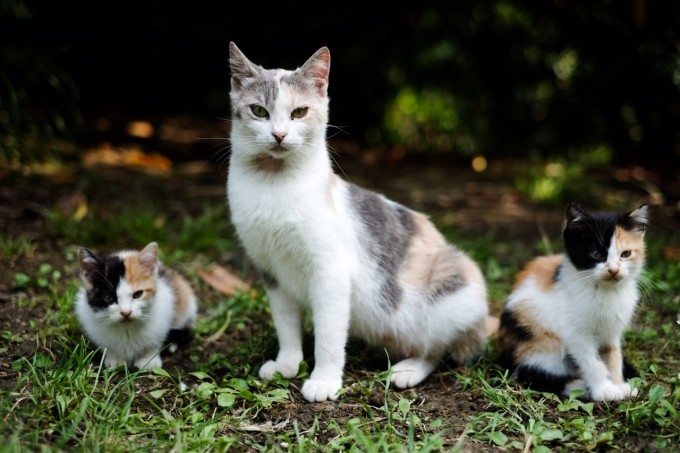
Appeal to a cat’s vanity
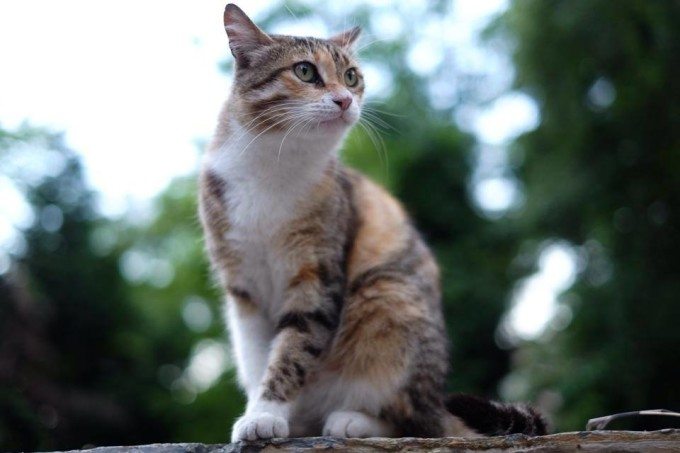
Let sleeping cats lie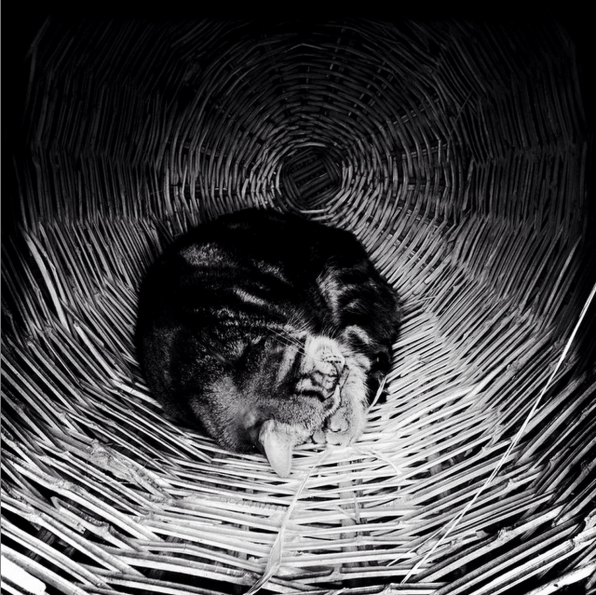
Jingling your keys is a great way to get a diva cat’s attention
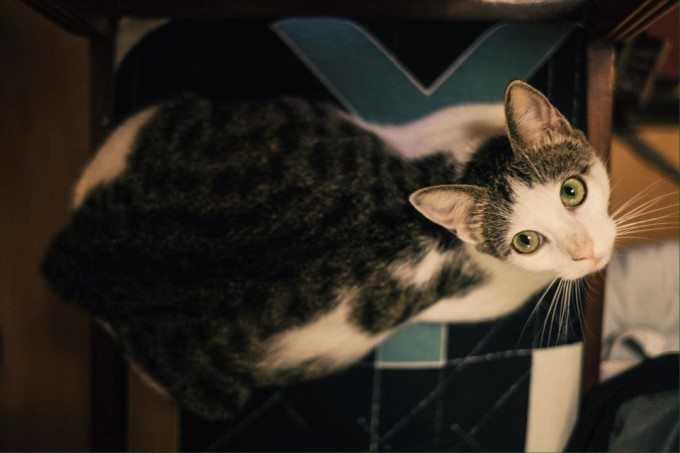
Don’t worry about your camera, even your phone can take very fine cat photos
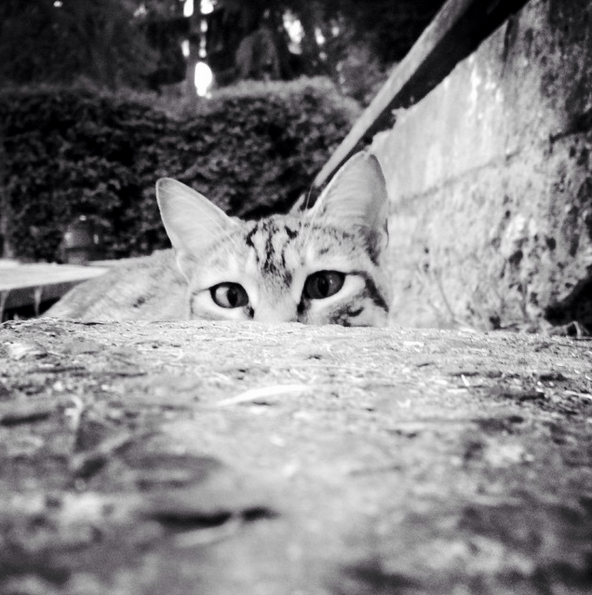
Actually, wake up that sleeping cat, yawn shots are wonderful
